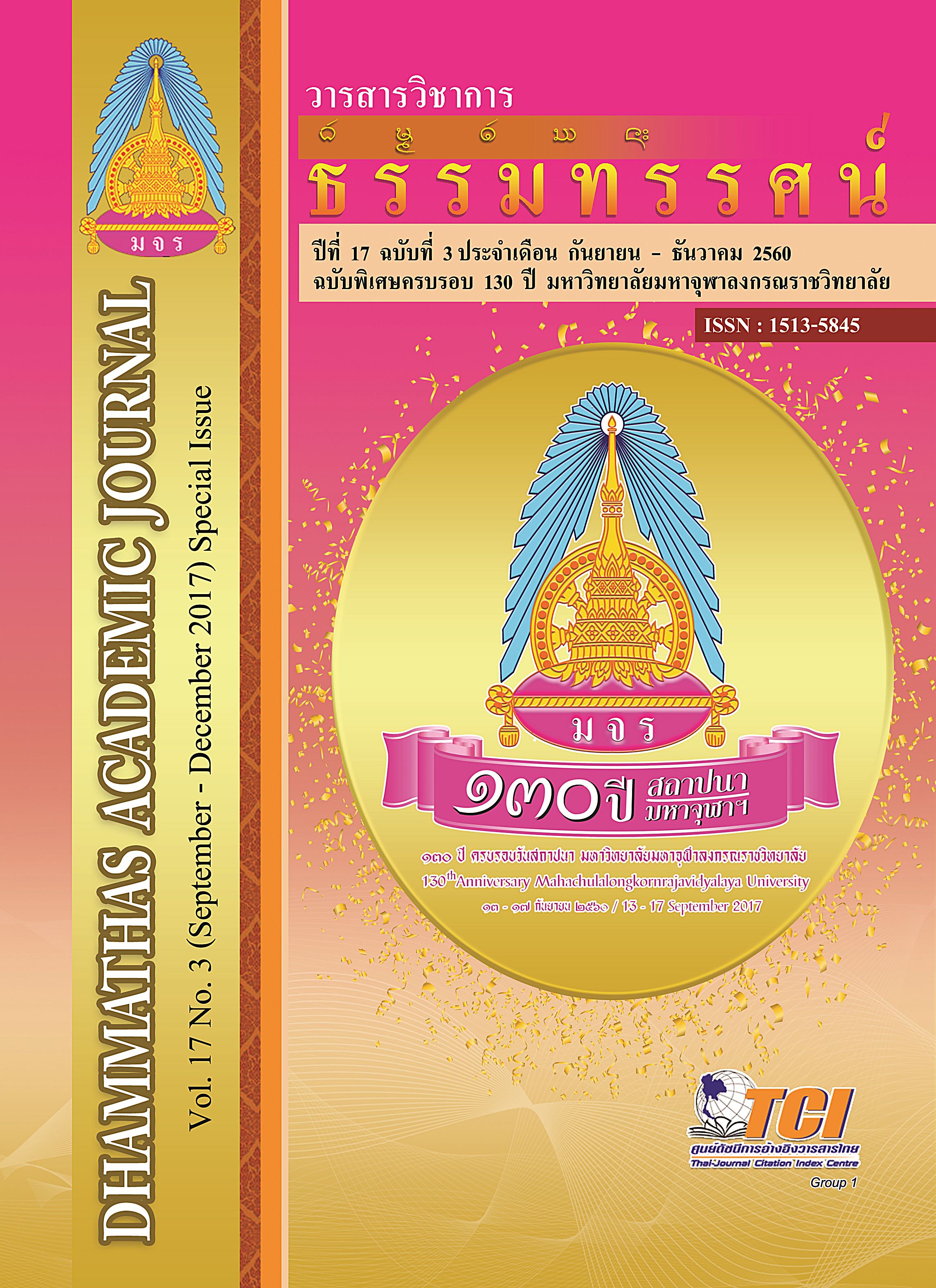The Management of Archaeological Sites in Changpee Castle’s Area of Sikhoraphum District, Surin Province
Main Article Content
Abstract
The change of the archaeological working process from the archaeologists of fine arts department or the academic experts of Silpakorn University or the archaeologists who were hired by only fine arts department to the villagers, the general people, the academic experts, the community leaders, and other organizations in the local community is not easy to be able to work together because government officials need to adapt their attitudes or themselves to the working process—it means that they have to accept villagers’ penitential and do them the honor of doing their working process. They have to reduce their working role from self-planning, self-policy, self-decision, self-management to villagers’ participation in assisting them with planning and policy. Their working process also has to be more transparent because they will be verified by villagers. They have to adapt their role to academic and technical advisors to give villagers knowledge and working experience including other archaeological working skills so that they can do it by themselves.
Changpee Castle, the archaeological site, is located at Moo 1, Changpee sub-district, Sikhoraphum district, Surin province. Its components consist of the chief president with square shape made of laterite and sandstone. On the corner of southeast there was a small building called “Bannalai”—the place for treatment or for religious ceremony. This castle was the Khmer architecture with incomplete construction. Inside the castle there were no sculptures, and it was found that its tympanum and lintel were carved incompletely. It may say that this castle was the hospital’s chapel during the reign of King Jayavarman VII.
The management models of monks’ and community’s participatory archeological site in Changpee castle were represented to create Surin cultural identity which was able to indicate the real identity of Surin community’s cultures, consisting of the identity of Stone Castles or Khmer Castles, which there were many castles spread over nearly every district in Surin province about 27 sources; the identity of community ways of life, which was the simple ways of life and co-existence as a unity with others, and there were unique and distinctive cultures and languages of Changpee district; the identity of art and culture, dance, and folk artists such as Jariengbren and Ruamtrot; the identity of charming tourist attraction in Surrin province such as Elephant Festival and San-Don-Ta Tradition.

